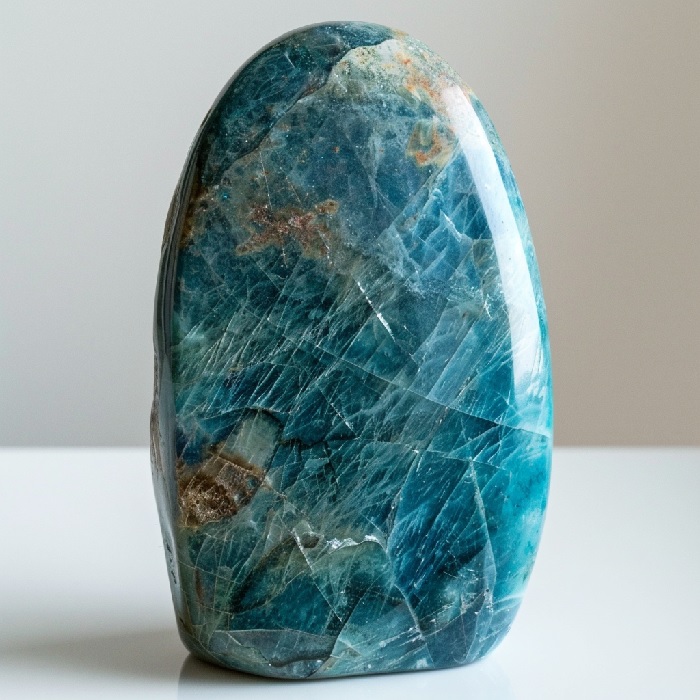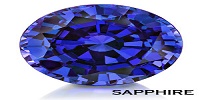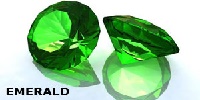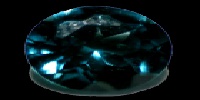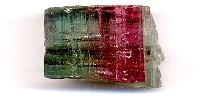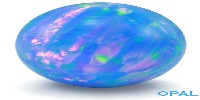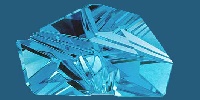Apatite Mining
DESCRIPTION:
Apatite is a mineral commonly known as a type of phosphorus chemical essential in the process of photosynthesis. It is also a transparent gemstone that is very rarely found. Despite its scarcity and lack of recognition among most consumers in the jewelry industry, gemstone collectors are highly attracted to its wide variety of colors and forms. The most sought-after colors include green, blue, purple, violet, and moroxite a deep blue variety achieved through heat treatment to enhance its color.
Although relatively unknown in the jewelry world, apatite is gradually being introduced worldwide through items like pins and earrings. However, due to its brittle nature, it is not recommended for regular use as it can easily be damaged.
This gemstone is found in various parts of the world, primarily in Myanmar, India, Sri Lanka, South Africa, and the United States. Apatite is believed to strengthen mental and spiritual fortitude, fostering self-confidence and individuality. Its powerful vibration is said to erase sadness associated with past lives and boost self-assurance.
Apatite, when transparent and exhibiting colors such as blue, green, or yellow with absolute clarity, is cut into gemstones. Additional color enhancement is achieved through heat treatment. Despite its therapeutic value and unique color properties, apatite's brittle nature makes it less common in the jewelry trade.
The color of apatite holds significance: blue promotes happiness, yellow helps curb appetite, and green imparts peace and harmony to the body. Apatite can appear in both rounded and rough forms, each believed to offer distinct benefits. Rounded forms facilitate the flow of essential nutrients, while rough forms are thought to aid in combating viral infections, including colds and fevers.
Commercial traders tend to avoid popular stones among gem collectors for various reasons, including rarity and fragility. Consequently, apatite remains relatively uncommon in the jewelry market.
Treatment of blue and yellow apatite typically does not require additional processes, although heat treatment may be used to enhance color intensity. Dark-colored apatite is particularly valued among traders.
To maintain its beauty, apatite should only be cleaned with a soft cloth and mild soapy solution. Careful handling and storage in a separate box are recommended to prevent scratching or damage.
MINING PROCESS:
Exploration:
Exploration begins with identifying potential apatite deposits through geological surveys and various exploration techniques. These include aerial surveys, satellite imagery, ground-based sampling, and drilling.
Mine Planning:
Once a viable deposit is found, mining engineers and geologists plan the extraction process considering factors like deposit depth, size, and surrounding conditions.
Open-pit mining:
Most apatite deposits are mined using open-pit methods, where overburden is removed to expose the ore. Rock fragmentation using drills and explosives aids in extraction.
Underground mining:
Deeper or more challenging deposits may require underground mining, involving tunneling to access the ore.
Ore Extraction:
Ore extraction employs equipment such as excavators, haul trucks, and loaders to remove the ore from the ground.
Crushing and Grinding:
Extracted ore is crushed into smaller pieces to facilitate subsequent processing stages.
Beneficiation:
Beneficiation follows, aimed at separating and concentrating apatite from other minerals using methods like froth flotation, gravity separation, or magnetic separation.
Chemical Processing:
Chemical processing then extracts phosphorus from concentrated apatite, typically through techniques that dissolve the mineral to isolate phosphorus.
Product Manufacturing:
Finally, extracted phosphorus is utilized in manufacturing various products including fertilizers, animal feed additives, and industrial chemicals.
PHYSICAL PROPERTIES:
- Name : Apatite
- Varieties : Chlorapatite, Fluorapatite, Moroxite, Vanadinite, Wilkeite
- Crystallography : Hexagonal. Crystals usually prismatic or stubby; massive, granular, compact; oolitic, earthy.
- Refractive Index : 1.598-1.667, variable with composition. See "Apatite Properties and Identification" below.
- Colors : Colorless, green, white, blue, brown, yellow, purple, violet, gray, pink, and various shades of most of these colors.
- Luster : Vitreous in crystals
- Hardness : 5 (some massive varieties 3-4)
- Wearability : Poor
- Fracture : Conchoidal to uneven
- Specific Gravity : 3.10-3.35; massive varieties 2.5-2.9. See "Apatite Properties and Identification" below.
- Birefringence : 0.001-0.013. See "Apatite Properties and Identification" below.
- Cleavage : Poor
- Dispersion : 0.013
- Heat Sensitivity : Very
- Luminescence Present : Yes
- Luminescence Type : Fluorescent, UV-Long, UV-Short
- Typical Treatments : Heat Treatment
- Special Care Instructions : Avoid rough handling
- Transparency : Transparent
- Absorption Spectrum : Blue and yellow apatites display a rare earth (“didymium,” i.e. praseodymium + neodymium) spectrum. Yellow gems have 7-line group at 5800 and 5 lines at 5200. Blue gems give broad bands at 5120, 4910, and 4640.
- Phenomena : Chatoyancy. (Synthetics may show color change; natural apatites do not).
- Formula : Ca5(PO4)3(F,OH, Cl)3. Ca often replaced by Sr, Mn. Also contains: Ce, rare earths, U, Th. PO4 replaced by SO4 + SiO2. Carbonate apatites contain CO2. F is also present in the variety francolite.
- Pleochroism : Distinct in blue-green varieties; otherwise weak. Yellow stones may give yellowish/greenish or brownish/greenish. Gem blue apatite shows strong dichroism: blue/yellow.
- Optics : Very variable with composition: e = 1.598-1.666; o = 1.603-1.667. Gem varieties: o = 1.632-1.649, e = 1.628-1.642. See "Apatite Properties and Identification" below. Uniaxial (-); francolite may be biaxial, 2V = 25-40°.
- Optic Sign : Uniaxial (-), Biaxial (-)
- Etymology : From the Greek apatein, meaning “to deceive,” because mineralogists had confused apatite with other species.
- Occurrence : Apatite is found in a wide variety of rock types. Igneous rocks are usually characterized by F and OH varieties, some containing Mn. Apatite occurs in pegmatites, hydrothermal veins and cavities, metamorphic rocks, and as detrital grains in sedimentary rocks and phosphate beds.
- Inclusions : Healed fractures, hollow growth tubes.
NATURAL OCCURRENCE:
Myanmar, India, Srilanka, South Africa and the United States
AVAILABLE COLORS:
Green, Blue, Purple, Violet and Moroxite
USES:
Apatite serves various purposes across industries, agriculture, and medicine. Here are its primary applications:
Fertilizers:
Apatite is a vital source of phosphate, essential for plant growth. It is extensively used in fertilizer production, particularly in agriculture.
Industrial Uses:
Apatite contributes to industrial processes, notably in producing phosphate chemicals like phosphoric acid. These chemicals are integral to food additives, beverages, and detergents.
Ceramics:
Due to its high melting point and hardness, apatite is utilized in creating ceramics such as dinnerware and decorative tiles.
Biomedical Applications:
Apatite's biocompatibility makes it suitable for biomedical applications, including dental implants and bone grafts.
Jewelry:
Apatite's appealing colors, ranging from blue to green and yellow, make it occasionally sought-after as a gemstone.
Research:
Researchers across geology, material science, and biology study apatite for its unique properties such as crystal structure, optics, and chemical composition. It serves as a model mineral for studying crystal growth, chemistry, and biomimetic processes.
